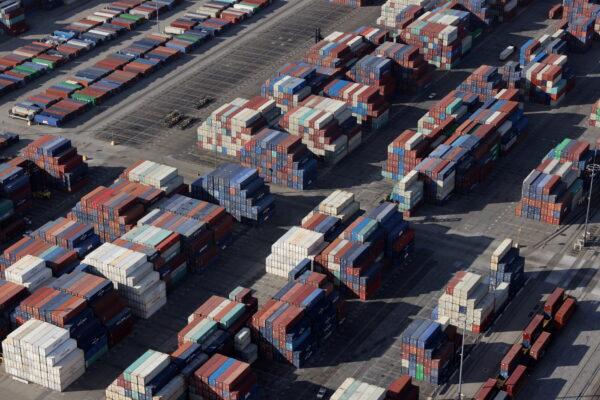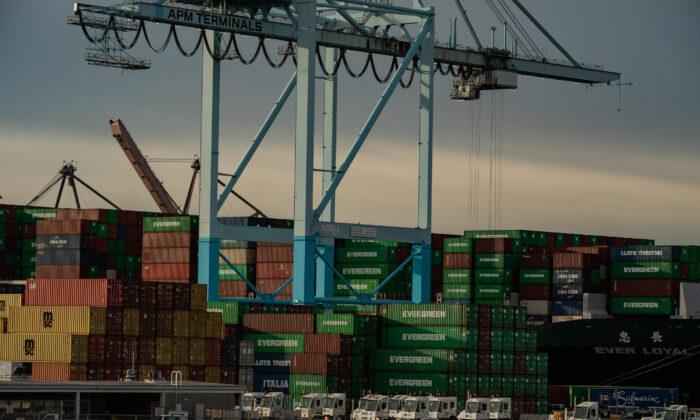Ports in theUnited States, particularly on the West and East Coasts, have a processing backlog which is leading to supply chain breakdowns. Ocean cargo port congestion is being blamed and as many as 7 of 10 of the United States’ busiest ocean ports are affected.
Why such a backlog during this time of year? The answer is partly simple: Christmas holiday and Black Friday shopping scheduled in just 2 months. But there’s more than just the annual holiday shopping frenzy.
Over prior decades, United States retailers have favored a “just in time” inventory method that relies on frequent deliveries instead of storing a large supply of inventory. This method reduces costs for retailers while requiring factories and warehouses to be able to promptly supply goods, and that is where the pressure is currently being felt.
The past 18 months or so of COVID-19 has also disrupted supply chains. Now with the economy opening up, ports are clogging up with increasing numbers of cargo ships, and goods have trouble moving. Other reasons such as labor disruptions and port availability are likewise delaying factors.

“This remarkable, sustained import surge is pushing the supply chain to new levels,” said Port of Los Angeles Executive Director Gene Seroka in the statement.
“Credit goes to our longshore workers and terminal operators for helping the Port of Los Angeles achieve an average of more than 11,000 TEUs exchanged on each vessel call, the best in the business," Seroka said.
“With space tight at warehouses, rail yards, and container terminals as we enter the traditional ‘peak’ shipping season, we are offering new data tools and incentives to help improve throughput and efficiencies. Additional strategies are being developed in conjunction with both the private sector and federal government.”
Backups are not only an issue at U.S. ocean port facilities. Union Pacific Railroad and Burlington Northern Santa Fe Railway (BNSF) are reporting that some of their intermodal facilities are suffering from a backlog of containers waiting to be moved. Both move freight traffic from U.S. ocean ports to intermodal facilities for local distribution or for loading onto other trains destined to other locations.
Robynn Tysver, communications manager for the Union Pacific Railroad, said “International supply chains have been straining under the weight of economic growth since the early stages of the COVID-19 recovery. Container processing at port terminals in Southern California and at our inland intermodal terminals, including Chicago, have experienced significant congestion.”
To address congestion at inland terminals, Tysver said the company recently temporarily “paused West Coast port shipments moving east to Chicago.”
“We will continue to work closely with the ocean carriers and other stakeholders to address global supply chain challenges, including truck driver and chassis shortages, as well as high warehouse inventory levels.”
“Increasingly, we see all partners in intermodal supply chains recognizing the significant benefits to everyone operating 24/7 to optimize our collective throughput and service reliability,” Casas said.
“We have also taken steps to add additional capacity and alleviate constraints,” she added.
